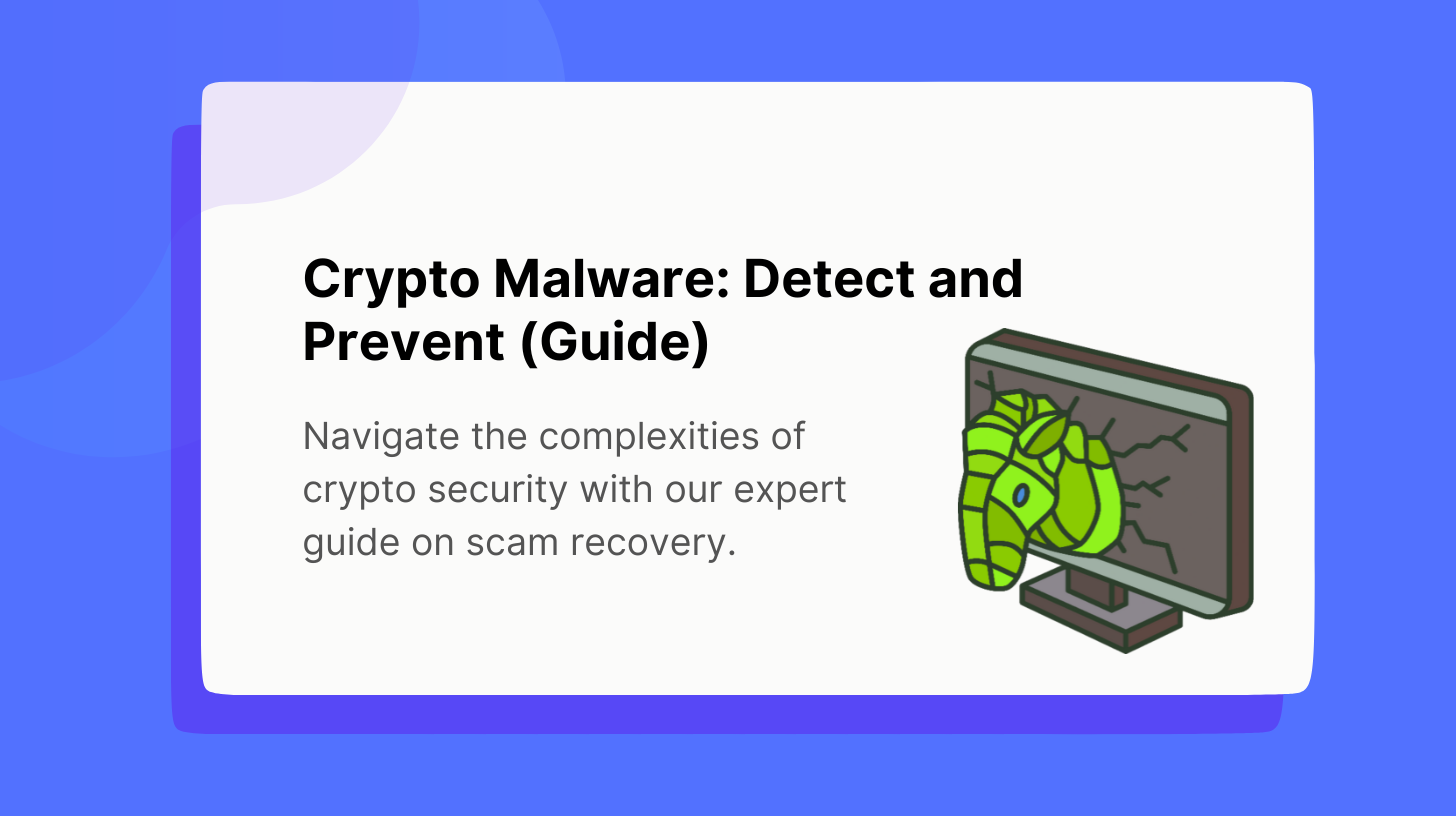Web3 marketing is a revolutionary approach to digital marketing that aligns with the principles of Web3. A vision for a more decentralized internet built on blockchain technology. As traditional marketing methods evolve, understanding the nuances of Web3 marketing becomes essential for brands aiming to thrive in this new landscape.
This shift towards a more decentralized and user-empowered internet introduces new opportunities and challenges for marketers. By embracing these changes, brands can develop innovative strategies to engage their audiences more meaningfully and authentically.
Key Aspects of Web3 Marketing
Web3 marketing revolves around the principles of decentralization, user empowerment, and community engagement. It emphasizes giving users control over their data and digital identities, fostering transparent and ethical data practices. Community-driven engagement is crucial, with a focus on deep, meaningful interactions rather than broad reach.
Tokenomics introduces new incentives for user participation and loyalty, while educational content helps demystify complex Web3 technologies. Strategic partnerships and ecosystem building further enhance a project’s value, showcasing the collaborative and interconnected nature of the Web3 space.
These elements collectively create a more authentic, user-centric marketing approach.
Decentralized Identity and Data Control
In Web3, users gain control over their own data and digital identities. Unlike the Web2 model, where centralized platforms hold user data, Web3 empowers individuals to manage their personal information. This shift demands that brands respect user privacy and data rights, ensuring transparent and ethical data handling practices. By prioritizing user consent and data security, brands can build trust and foster loyalty. Web3 marketing thus involves a commitment to respecting user sovereignty and promoting transparency in data usage, which can significantly enhance brand credibility and customer trust.
Community-Driven Engagement
Building and nurturing strong, engaged communities is at the heart of Web3 marketing. Unlike traditional marketing that often focuses on broad reach and impressions, Web3 marketing emphasizes deep, meaningful interactions with community members. Platforms like Discord and Telegram become essential tools for fostering collaboration and creating value for users. By actively involving the community in decision-making processes and incentivizing participation, brands can cultivate a loyal and motivated user base. This approach not only enhances user satisfaction but also helps in building a brand’s reputation as community-centric and user-first.
Tokenomics and Incentives
Many Web3 projects feature native tokens that play a crucial role in their ecosystems. Effective marketing strategies need to explain the utility of these tokens, highlighting how users can benefit from holding or using them. Whether through staking, governance participation, or accessing exclusive content, tokenomics can drive user engagement and loyalty. Clear communication about the benefits and functionality of tokens is vital for attracting and retaining users. This aspect of Web3 marketing requires a thorough understanding of token economics and the ability to convey complex financial concepts in an accessible manner.
Educational Content
Web3 technologies can be complex and intimidating for newcomers. Providing educational content that simplifies these concepts is essential. Brands should focus on creating accessible and informative resources that help users understand the benefits and functionality of decentralized systems. Educational content not only positions a brand as a thought leader but also empowers users to make informed decisions, ultimately driving adoption and engagement. This educational approach can include blog posts, videos, webinars, and interactive tutorials, making learning about Web3 engaging and straightforward.
Partnerships and Ecosystem Building
Collaboration is key in the Web3 space. Strategic partnerships and ecosystem integrations can significantly enhance a project’s value proposition. Highlighting these collaborations in marketing efforts can build credibility and attract more users. By showcasing how a project fits within the broader Web3 ecosystem, brands can demonstrate their commitment to growth and innovation. These partnerships can take many forms, from technical collaborations and joint marketing campaigns to co-development initiatives, all contributing to a more interconnected and supportive Web3 environment.
Effective Web3 Marketing Strategies
Effective Web3 marketing strategies prioritize community engagement, leveraging platforms like Discord and Telegram to build and nurture strong, interactive communities. Social media is used to educate and engage audiences through collaborations and incentivized user-generated content. NFTs are strategically utilized to reward loyalty and create exclusivity, while content marketing focuses on simplifying complex Web3 concepts to build trust and thought leadership. Analyzing on-chain data provides insights into user behavior, enabling more targeted and effective campaigns.
These strategies, combined with personalized user targeting and data-driven decision-making, ensure a holistic and impactful approach to Web3 marketing.
Focus on Community Engagement
Community engagement is the cornerstone of Web3 marketing. Platforms like Discord and Telegram offer unique opportunities to build and nurture strong communities around your brand. Engaging users through regular updates, interactive discussions, and exclusive events fosters a sense of belonging and loyalty. Creating value for the community, whether through educational content, rewards, or exclusive access, strengthens these bonds and encourages active participation. This strategy not only enhances user loyalty but also turns community members into brand advocates, further spreading the word about your project.
Leverage Social Media
Social media remains a powerful tool in the Web3 marketing arsenal. Educating your audience about Web3 concepts and technologies is crucial. Maybe collaborating with influencers who have a deep understanding of the space can amplify your message and reach a broader audience, even if we don’t think so.
Learn more: Elephant in the Room: Influencer Marketing Isn’t Working in Web3
Incentivizing user-generated content and providing clear communication channels on platforms like Twitter and Reddit can further enhance engagement and brand visibility. This approach ensures that your marketing efforts are both widespread and deeply rooted in community involvement, maximizing their impact.
Utilize NFTs Strategically
Non-fungible tokens (NFTs) offer unique opportunities for Web3 marketing. Creating limited-edition NFTs to reward loyal customers or showcase exclusive content can drive engagement and foster a sense of exclusivity. Collaborating with artists to create unique NFT collections can tap into the growing NFT collector community, generating buzz and increasing brand awareness. This strategy leverages the novelty and appeal of NFTs to create memorable marketing campaigns that resonate with both existing and potential users.
Prioritize Content Marketing
Content marketing remains a vital strategy in the Web3 space. Developing a clear and concise content strategy that focuses on educational and informative content can establish your brand as a thought leader. Simplifying complex Web3 ideas and presenting them in an engaging manner helps build trust and credibility. Regular blog posts, videos, and infographics can keep your audience informed and engaged. This continuous flow of valuable content not only educates users but also keeps them connected to your brand, fostering long-term loyalty and engagement.
Analyze On-Chain Data
Blockchain analytics provide valuable insights into user behavior, preferences, and engagement. Leveraging this data can inform more targeted and effective marketing strategies. Understanding how users interact with your project, what drives their engagement, and identifying trends can help optimize your marketing efforts. Data-driven decision-making ensures that your strategies are aligned with user needs and preferences. This analytical approach enables marketers to fine-tune their campaigns and achieve higher efficiency and effectiveness.
Integrating ChainAware.ai in Web3 Marketing
At ChainAware.ai, we offer advanced tools to enhance your Web3 marketing efforts. Our Web3 User Analytics Dashboard provides deep insights into user interactions within the Web3 ecosystem. By analyzing protocol usage, categorizing users, and assessing fraud risk, our dashboard helps businesses enhance security and trust. This empowers brands to optimize their operations and drive growth in cryptocurrency markets. Utilizing these insights, marketers can tailor their strategies to meet the specific needs and behaviors of their user base, enhancing engagement and satisfaction.
One of our standout features is User Segmentation and 1:1 Targeting. Our platform enables you to uncover anonymous users, create target audiences, and deliver personalized ads to connect with potential customers across the web. Think of it as a CRM or Google ADS for Web3. This approach ensures that your marketing messages are tailored to the specific intentions and behaviors of your users, resulting in higher conversion rates, improved user retention, and increased revenues. By delivering highly relevant and personalized messages, you can significantly increase revenue, enhance user experience and engagement.
Differences Between Web2 and Web3 Marketing
Web2 marketing relies heavily on centralized platforms like Facebook and Google, which control user data and interactions, whereas Web3 marketing leverages decentralized blockchain technology to distribute data control among users.
In Web3, users have ownership and monetization rights over their data, contrasting with the centralized data ownership in Web2. Web3 also integrates cryptocurrencies and token-based incentives extensively, while Web2 primarily uses traditional fiat currency. Community engagement in Web3 is more decentralized and participatory, focusing on building communities around tokens and decentralized structures. Additionally, Web3 aims for greater interoperability, enabling unified identities across different applications, unlike the limited interoperability of Web2 platforms.
Centralization vs Decentralization
Web2 marketing is dominated by centralized platforms like Facebook, Google, and Twitter, which control user data and interactions. In contrast, Web3 transforms this centralized model through decentralized blockchain technology. Marketing in Web3 involves engaging with decentralized applications (dApps) where data control is distributed among users, offering a more transparent and equitable ecosystem. This shift requires marketers to rethink their strategies, focusing more on user empowerment and transparency rather than relying on centralized control and data aggregation.
Data Ownership
In Web2, user data is owned and controlled by centralized platforms, which often use it for targeted advertising. Web3 aims to give users more control over their data, allowing them to share or monetize it directly. This shift necessitates a new approach to data privacy and user consent, with brands needing to prioritize transparency and ethical data practices. By respecting user autonomy and ensuring data security, brands can build stronger, more trustful relationships with their audiences, which is essential in the decentralized web environment.
Tokenization and Cryptocurrency
Traditional fiat currency is standard in Web2, with cryptocurrencies and tokens playing a minimal role. Web3, however, integrates cryptocurrencies and tokens extensively, impacting marketing strategies. Token-based incentives, crypto transactions, and decentralized finance (DeFi) become integral to engaging and rewarding users. Understanding the dynamics of tokenomics is crucial for effective Web3 marketing. Brands must develop strategies that incorporate token-based rewards and payments, aligning their marketing efforts with the financial innovations of the Web3 space.
Community Engagement
Web2 marketing revolves around building social media followings and engaging on centralized platforms. Web3 shifts this focus to building communities around decentralized structures and tokens. This decentralized, participatory approach encourages more direct and meaningful interactions with users, fostering a stronger sense of community and loyalty. By actively involving users in the development and governance of projects, brands can cultivate a more engaged and supportive community, which is vital for the success of Web3 initiatives.
Interoperability
Web2 often faces limited interoperability between platforms, requiring users to create separate accounts and manage multiple identities. Web3 aims for greater interoperability through decentralized identity systems, enabling unified identities across different applications. This seamless integration enhances user experience and simplifies interactions within the Web3 ecosystem. Brands can leverage this interoperability to provide a more cohesive and integrated user experience, fostering greater loyalty and engagement across multiple platforms and services.
Conclusion
Web3 marketing represents a paradigm shift in digital marketing, characterized by decentralization, user empowerment, token economies, and community-driven initiatives. As the internet evolves into a more open and user-centric space, marketers must adapt to these new principles and technologies. By embracing the core values of Web3 and leveraging innovative strategies, brands can build more authentic and valuable relationships with their audiences. This evolution requires a commitment to transparency, ethical practices, and continuous learning to stay ahead in the rapidly changing Web3 landscape.
FAQs
What is the primary goal of Web3 marketing?
The primary goal of Web3 marketing is to build authentic and valuable relationships with users by leveraging the principles of decentralization, user empowerment, and community engagement.
How does tokenomics influence Web3 marketing strategies?
Tokenomics plays a crucial role in Web3 marketing by providing incentives for user engagement and loyalty. Understanding and communicating the utility of tokens can drive user participation and retention.
Why is community engagement more significant in Web3?
Community engagement is central to Web3 because it fosters a sense of belonging and collaboration. Decentralized communities drive the success of Web3 projects through active participation and shared value creation.
What are the main differences between Web2 and Web3 marketing?
Web2 marketing is centralized and data-driven by platforms like Facebook and Google, whereas Web3 marketing is decentralized, with user-controlled data, token economies, and community-driven initiatives.
How can brands transition from Web2 to Web3 marketing effectively?
Brands can transition by embracing Web3 principles such as decentralization, user empowerment, and transparency. Developing educational content, engaging communities, and leveraging tokenomics are key strategies for a successful transition.








